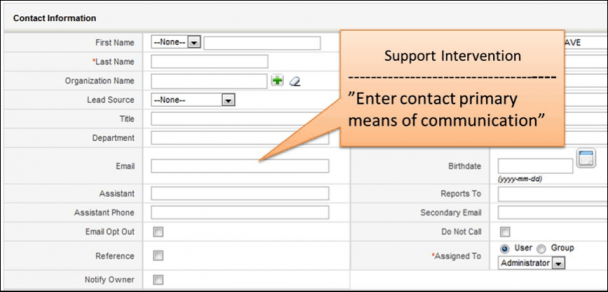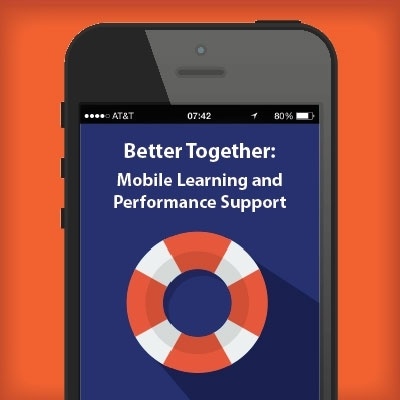During the last ASTD Conference I delivered a session concerning the instructional design work involved in creating real time learning using an a PS Platform (also known as an "Electronic Performance Support System"). The following short article describes the ongoing debate regarding learning possibilities when using a PS platform and states that basic instructional design is as relevant as ever when applied to create situational learning with modern means such as performance support platforms.
Performance Support Platforms
PS platforms are IT systems that offer real-time learning and performance support. The original term coined by Gery (1991) referred to a wide range of technologies offering context based knowledge while operating software. Among those Gery listed search engines, FAQ, Help files and so on. Today the term PS platform mostly relates to "intrinsic support systems" which were declared by Gery as most effective of all support forms (1995). In the intrinsic approach context based knowledge or information is integrated with in the software original screens. Examples of such systems are: Ontuitive, WPB (SAP), RTPO (Nice), Walkme, Leo and others.
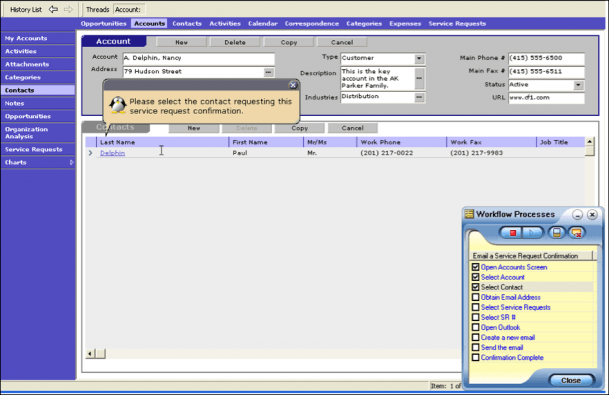
Figure1 – Intrinsic PS Platform, RTPO (Nice). Presented with permission.
Learning With a Performance Support Platform
The debate concerning the extent to which PS platforms actually allow effective learning claims a significant place in the overall discussions of the method. Two seemingly opposing approaches are associated with this topic:
- Support reduces the need for learning. The first and main approach claims PS platform should reduce and even eliminate the need for learning (of system procedure at least). Work skills are acquired via application of the platform, namely through worker-system interaction thus making preliminary studies redundant.
- Support leads to real time learning. The second approach underlines the roots of the method driving from organizational training and learning theories. Practitioners supporting this approach often refer to common cognitive learning theories which can be put to practice using a PS platform mainly Constructivism and Situated Learning (Gal & Nachmias, 2011; Mao, 2004).
Rosenberg (1995) sums up the debate quite accurately by claiming that although much of the roots of electronic performance support can be traced back to the field of education and training, EPSS’s greatest potential is associated with its unique ability to solve business, not educational, problems. This doesn’t mean that learning is not a result of interactions with EPSS, it’s just that in this new paradigm, performance rather than learning is the direct goal.
Instructional Design of Real Time Learning - Applying Situated Learning Methods with Modern Means
In that early publication Rosenberg also addressed the issue of instructional design and the updated role of the instructional designer which he named "Performance Technologist". Today's PS platforms are much easier to use and offer an intuitive GUI for creating performance interventions. The instructional designer can retain his original title and basic skill set with which he can provide support solutions. Today's platforms put aside the technical issues associated with performance support and recreate the need to consider basic instructional design methods when admitting real time learning.
Situated learning (learning within a specified situation, for example: learning to cook while cooking) is the most basic and natural form of mastering a skill (Gal & Nachmias, 2011). With the industrial age and modern organizations characteristics we grow away from such methods. Performance Support brought back the opportunity to apply situated learning for mastering software skills. Designing such real time learning takes more than attaching information to its context in the supported system. It requires instructional design skills which are now focused on identifying the opportunity and combining two types of knowledge in one support intervention: Declarative and Procedural.
Procedural knowledge - "know how", performance of the skill or procedure at hand.
Declarative knowledge - "know what", what procedure to apply and why.
Most skills are a combination of both knowledge types. Mastering procedural knowledge is associated with hands on practice where is declarative one is more associated with formal learning methods such as class or content based e-learning. PS platforms offer the opportunity to combine the two enabling effective learning by doing, thus reducing the need for formal learning known to be ineffective in most cases.
To understand and apply situated learning by PS interventions let's review two examples. A general one concerning cooking skills and a more technology oriented one concerning software skills.
Learning how to cook in real time
Cooking is still being mastered by apprenticeship learning, the way it has always been. The chef is communicating procedural knowledge according to time and location in which each step of the procedure is performed.
Figure 2 – Procedural Knowledge
Declarative knowledge such as principles, facts, best practices and data concerning the procedure at hand can be learned out of context by traditional means or be placed with in context by the chef. In order to do so the Chef will have to combine the two knowledge types in the right context as shown in figure 3:

Figure 3 – Procedural & Declarative Knowledge
The cooking principle being learned here should support the current performance and other similar ones. According to the "situated learning theory", this principle will be effectively stored in memory and associated with situations similar to the one in which it was obtained.
Following this example we can create real time learning in almost any performance situation. The design rules apply for all practice and learning situations:
- Identify the procedural knowledge.
- Identify the relevant declarative knowledge.
- Present both knowledge types when the declarative becomes imbedded in the procedural one.
Note: The user/trainee should experience a single knowledge nugget transformation. When declarative is separated from procedural it is less likely to retain as part of the skill being obtained.
Here is another example, this time from software operation perspective
CRMs (Customer Relationship Management Systems) present a continual challenge for user's competencies. Information, regulation and data changes in the organization are reflected in CRM activities creating a constant gap. Training departments would usually address this gap by admitting e-learning or class learning for the declarative part and practice (if possible) for the procedural one. The following example illustrates the combination of the two knowledge types with a performance support platform.
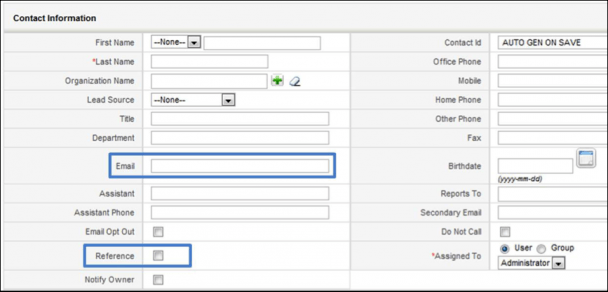
Figure 4 – New Contact Information Screen, CRM
Procedure: New contact details, enter Email address.
Declarative: Company regulation states that Email is the primary means of communication with contacts.
As "Email" is already part of the GUI just pointing at it at the right timing is sufficient for procedural knowledge. This allows the opportunity for incorporating declarative knowledge in the same instance as shown in figure 4.
Figure 5 – Procedural & Declarative knowledge, Email address
Another last example is the Reference check box (see figure 4).
Procedure: New contact details, check Reference box if contact agrees to act as a reference.
Declarative: Company regulation states that a special effort must be made to obtain referral consent.
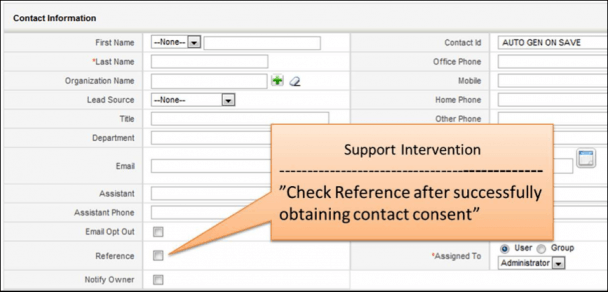
Figure 6 – Procedural & Declarative knowledge, Reference
In Conclusion
Instructional designer today live and work in a fascinating world. Our basic design tool kit supports learning of all types and shapes. Mastering real time learning design based on our fundamental skills is essential and holds great possibilities for the individual and the organization.
References
- Gal, E. & Nachmias, R. (2011). Implementing On-line Learning and Performance Support Using an EPSS. Interdisciplinary Journal of E-Learning and Learning Objects. 7(25) 213-224
- Gery, G. (1991). Electronic performance support systems: how and why to remake the workplace through the strategic application of technology. Tolland, MA: Gery Performance Press.
- Gery, G. (1995). Attributes and behaviors of performance-centered systems. Performance Improvement Quarterly, 8(1), 47-93.
- Mao, J. (2004). Electronic Performance Support: An End-User Training Perspective. Journal of Information Technology Theory and Application. Last accessed 15/3/2009 from http://findarticles.com/p/articles/mi_qa4008/is_200401/ai_n9385432
- Rosenberg, M. (1995). Performance Technology, Performance Support, and the Future of Training: A Commentary. Performance Improvement Quarterly, 8(1) pp. 94-99.


